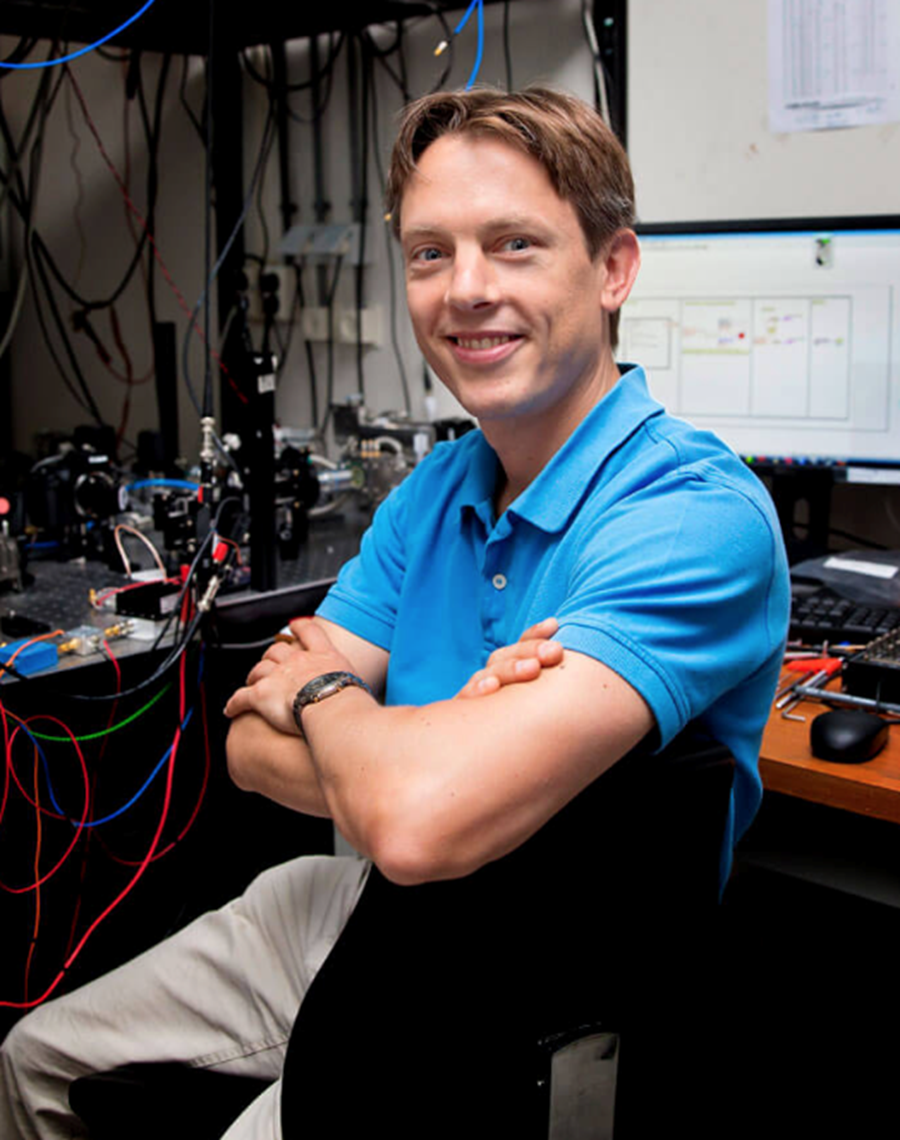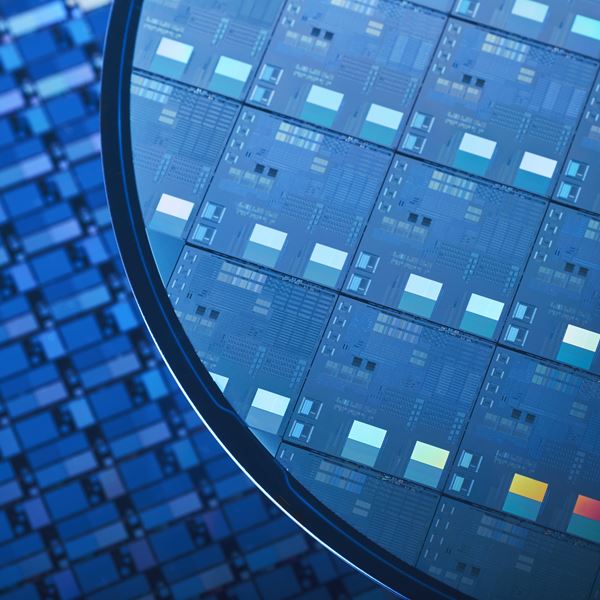Sensors
Developing state-of-the-art graphene sensors
The Sensors Work Package has evolved significantly over the past ten years and transcended from basic graphene research in laboratories to a level where different sensors are being incorporated in a CMOS platform for demonstration.
The last 10 years
Starting from graphene, we have engaged with other layered materials, including transition-metal dichalcogenides (TMDs), which have promising applications in future electronics. We have used thermally assisted conversion (TAC) – a methodology that needs relatively low temperatures to produce various combinations of TMD materials and is compatible with semiconductor fabrication processes.
The Work Package has developed gas sensors that are more compact and efficient than current solutions and show high sensitivity to low quantities of gas, such as carbon dioxide. In 2018, we reported an outstanding multifunctional sensor based on platinum diselenide that can detect toxic gases, gas pressure and infrared radiation.
Amidst the COVID-19 pandemic, the Work Package redirected its research efforts to develop new biomedical sensors that utilise graphene technologies and created prototypes that can detect the virus spike protein in saliva samples with a single step, providing results in minutes.
Our graphene microphones outperformed state-of-the-art devices in high sound sensitivity. In 2022, we created graphene-enabled microphones using transferless graphene, which was directly grown on the desired substrates.
We have also worked closely with members of the 2D-Experimental Pilot Line to develop large-area integration methods, which will hopefully increase the technology readiness levels (TRLs) of our different technologies. Our focus is now concentrated on the sensors’ reproducibility, uniformity, stability, yield and scalability to move these devices to higher TRLs.
This year’s progress
The Work Package continued to make progress on pressure, air and biosensors. An extensive analysis of material and device variations was performed to improve the yield of TMD piezoresistive pressure sensors and their integration with CMOS.
The Sensors Work Package continues a strong collaboration with Infineon on graphene-enabled microphones and gas sensors. Benchmarking demonstrated that these microphones have record performance against commercial devices and literature, and wafer-scale transferless graphene membranes for microphones have been tested in industrial setups.
In the field of biosensing, the Work Package improved functionalisation methods for biosensors and developed a device that detects vitamin B12 by optical localised surface plasmon resonance. Furthermore, a new type of antibiotic susceptibility sensing method based on bacterial nanomotion was developed and led to the creation of a new TU Delft spin-off, SoundCell.

Peter Steeneken, Work Package Leader
The performance of devices based on graphene and related materials is outstanding and is expected to be comparable to or even better than commercial products.”
Work Package Leader
References
Pezone, R. et al. ACS Appl. Mater. Interfaces, 2022, DOI: 10.1021/acsami.2c03305
Bareza, N. Jr et al. ACS Photonics, 2022, DOI: 10.1021/acsphotonics.1c01254
Lind, M. et al. Chemosensors, 2022, DOI: 10.3390/chemosensors10020068
Rosłoń, I. E. et al. Nature Nanotechn. 2022, DOI: 10.1038/s41565-022-01111-6
Latest Articles
2D Pilot Line launches fourth multi-project wafer run

MUNASET Publication: Emergence of graphene-based biosensors for depression treatment
Recent research on various biomarkers for major depressive disorder (MDD) provide an opportunity to develop biosensors that can overcome the challenges faced by conventional diagnostic tools, MUNASET researchers say.

MUNASET publishes a perspective piece on graphene-based biosensors and their use in the prediction of depression
Emergence of graphene-based biosensors for improved treatment response prediction in major depressive disorder: a perspective.

Graphene Flagship spin-off INBRAIN Raises $50 Million for Brain Device
INBRAIN Neuroelectronics SL, has raised $50 million to develop its graphene-based neural technologies.

2D-EPL OFFERS A NEW EXPERIMENTAL MPW FROM GRAPHENEA SEMICONDUCTOR
Multi project wafer (MPW) runs are a common practice within the semiconductor ecosystem. Universities, R&D centres and start ups, which usually only need a few prototypes and operate with tight budgets, take advantage of this service to obtain devices at an affordable entry point. This is carried out with a mask sharing scheme, where devices with different geometries but shared device architecture are manufactured within the same mask; in this way, everyone gets a few devices but no one needs to purchase more devices than necessary. Now, Graphenea partners with the 2D Experimental Pilot Line (2D-EPL) to offer an MPW run with a novel process flow.

Spotlight: Exploring the potential of graphene-enhanced electrochemical biosensors with Chiara Zanardi
The journey from electrocatalysis to innovative sensors



